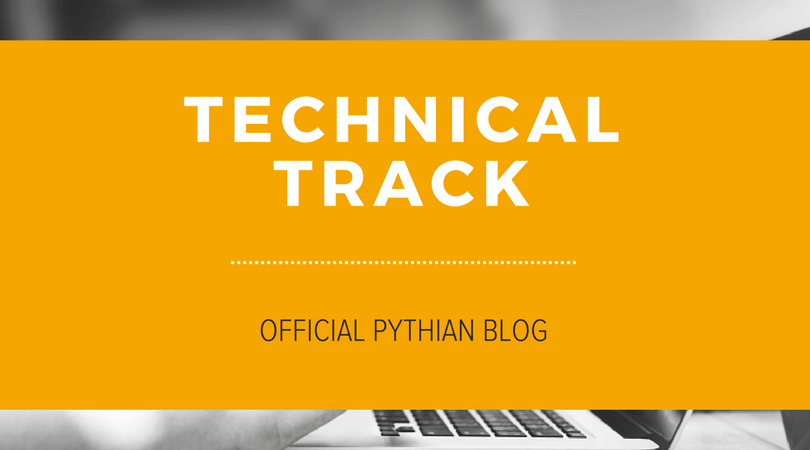Secrets of Oracle's Automatic Degree of Parallelism
- You will run more parallel processes than your system is capable of serving. Resulting in long queues on the CPU and storage, and overall performance degradation.
- You limit the maximum number of parallel processes to protect the database resources, and some of the queries degrade. If you don't detect it, the ETL process that should have finished in two hours takes 24, which means that the daily report sent to the CEO is missing some of the data. Ouch.
- Limited - when accessing tables and indexes that have been declared with parallel clause, Oracle will decide on the degree of parallelism based on the query and system resources.
- Auto - Oracle will decide on degree of parallelism for every query. In addition two exciting new features are enabled: parallel statement queuing and in-memory parallel execution.
Without farther ado, very important notes about Auto DOP:
You can't use Auto DOP without first running DBMS_RESOURCE_MANAGER.CALIBRATE_IO(). Because Oracle needs to know how many resources (IO/s and MB/s) it can allocate when deciding on DOP. This much is in the documentation. CALIBRATE_IO takes two parameters - number of disks available, and the maximum IO latency you are willing to tolerate. Here's the catch - while most of the time you know the number of disks (you are *not* running your massively parallel data warehouse in the cloud, yes?), no one really knows the maximum IO latency to use in the function. When I say "no one" I mean it. I asked the entire Oak Table and a large number of Oracle employees. So, this procedure is useless in practice, what's one to do? So do what Oracle (and everyone else) does: You manually set MAX_PMBPS - "maximum megabytes per second of large I/O requests that can be sustained by a single process'". Which is apparently the only value auto DOP cares about. To do that: delete from resource_io_calibrate$; insert into resource_io_calibrate$ values(current_timestamp, current_timestamp, 0, 0, 200, 0, 0); commit; And restart the database. Where did 200 come from? Thats the number Oracle uses internally to test Auto DOP on the Exadata. This is also the number Oracle Support recommends for Exadata customers. What if you don't have Exadata? Chances are that if your system is large enough to warrant Auto DOP, it is similar enough to Exadata to behave nicely with this number. But the big question is - how will I know if this was not configured right? Turns out that this number controls the minimum DOP per query. If you set MAX_PMBPS to 200 and you see Auto DOP select too few parallel processes for your tastes, halve the number and you'll get more processes. What if the DOP are too high? Use PARALLEL_DEGREE_LIMIT to limit the maximum number of parallel processes per query. Does it sound like tuning the minimum DOP requires a significant number of node bounces? It may. Thats why you use Auto DOP and tune it in test system first. Be reasonable, while it is a simple change in the system - it has significant potential impact. Like changing every single execution plan in your database. Treat it like an upgrade and test it. Note that Auto DOP can also be set per session, so you can choose to only queue the queries from BI users. This is useful because there are some known bugs regarding Auto DOP (and definitely. For example, DOP is calculated incorrectly for statements that combine insert with select. If you hit a bug, you can still use Auto DOP for users that will not be impacted by it. Resource manager can be used to limit DOP for a specific group of users. This can be a good idea with or without Auto DOP. Note that resource manager DOP limit is per instance. If you want to limit parallel degree for a user globally, set a service with one node and force the user to connect to this service. Parallel slaves will still run on all nodes, but the limit will be enforced. Do you have other Auto DOP hints? Want to share your experience with it? There are almost no real world stories about Auto DOP on the web. Its all either Oracle papers and blogs (which are excellent, but don't replace customer experience) and enterprising bloggers who played with it a bit on their test systems. So, if you use Auto DOP on production - please share how it works for you!On this page
Share this
Share this
More resources
Learn more about Pythian by reading the following blogs and articles.
PART 1: Creating an Oracle 18c Centrally Managed Users Testbed using Oracle Cloud Infrastructure


PART 1: Creating an Oracle 18c Centrally Managed Users Testbed using Oracle Cloud Infrastructure
Feb 3, 2020 9:46:00 AM
10
min read
SQL for Pattern Matching in Oracle 12c
![]()
SQL for Pattern Matching in Oracle 12c
Jul 5, 2013 12:00:00 AM
5
min read
HCC compression on Oracle Live SQL
![]()
HCC compression on Oracle Live SQL
Oct 15, 2018 12:00:00 AM
2
min read
Ready to unlock value from your data?
With Pythian, you can accomplish your data transformation goals and more.
